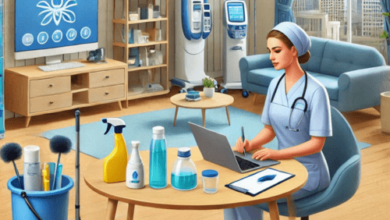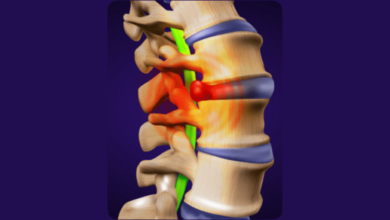The Importance of Implicit Bias Training for Healthcare Providers

Delivering superior care to patients of every background is the duty of healthcare providers. Nevertheless, unconscious biases can occasionally get in the way of that objective, influencing clinical decisions and the outcomes for patients.
All humans, including healthcare professionals, have implicit bias defined as the unconscious attitudes or stereotypes that affect their behavior. Ensuring fair and equitable care for all patients means that health providers must receive crucial Implicit Bias Training. The article looks into the key role of implicit bias training in healthcare, showing how it can enhance patient care.
1. Understanding Implicit Bias in Healthcare
A person’s implicit bias refers to the inherent connections or assumptions made without any conscious awareness. In healthcare, these biases can appear in minor ways, such as variations in communication approaches, diagnostic methods, and treatment options presented to patients from different backgrounds.
Healthcare professionals, trained to deliver care based on clinical evidence, may also harbor implicit attitudes that can cause unintentional disparities in care. Understanding both the presence and the effect of these biases allows healthcare providers to take initial actions to tackle them.
2. The Impact of Bias on Patient Care
Decisions related to pain management, treatment plans, and patient communication can suffer from the negative impact of implicit biases. Investigations have revealed that patients from minority groups, especially those with racial and ethnic identities, might suffer from inferior care or encounter delays in treatment owing to implicit prejudices from providers.
Research has proven, for instance, that there’s a tendency for Black patients to receive less treatment for pain compared to white patients. Focused training designed to correct these biases can assist in reducing these inequalities and fostering a more inclusive healthcare atmosphere.
3. Benefits of Implicit Bias Training for Healthcare Providers
The key feature of implicit bias training is that it assists healthcare providers in understanding possible unconscious prejudices and minimizing their effects. During team sessions, they receive feedback and also learn how to apply critical questions to lessen their bias. Such training makes it easier to deliver health care services that are equally favorable to all patients by respecting cultural differences among them. Furthermore, bias minimization within patient interactions can result in increased general patient satisfaction and health results for patients, especially minority patients.
4. Implementing Bias Training in Healthcare Organizations
Overall, implicit bias training must be part of the organizational culture to be effective in healthcare organizations. It can cover all the employees, both clinical and administrative, from doctors and nurses up to managers and executives. Furthermore, healthcare institutions should provide large-scale and chronic bias assessments as well as bias workshops and feedback to maintain the provider’s interest. Management support is necessary since resistance from the whole organization will hamper the attempt to address bias which affects patients and providers in the long run.
5. Long-Term Effects of Addressing Implicit Bias
It was found that implicit bias training is a necessary first step in reducing healthcare disparities but should not be seen as a singular solution in the fight. More awareness programs coupled with training of health care professionals and modification of policies can significantly help in minimizing the prejudice aspect and achieving health equity. Such training may take its toll in the distant future and increase the chances of the healthcare system to cater to all patients from different backgrounds and deliver quality care that meets each individual’s needs.





